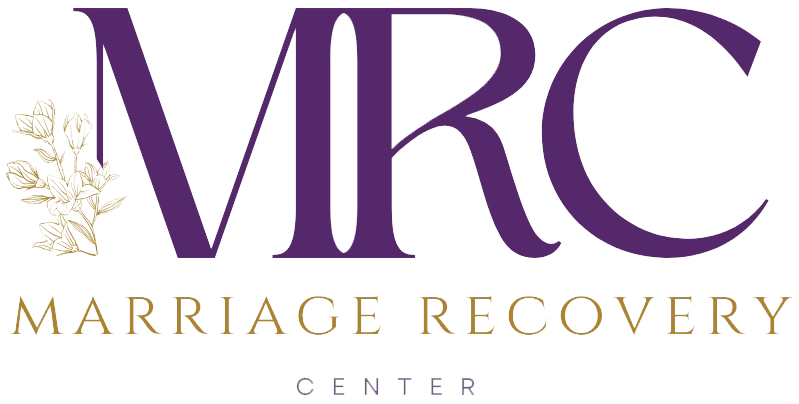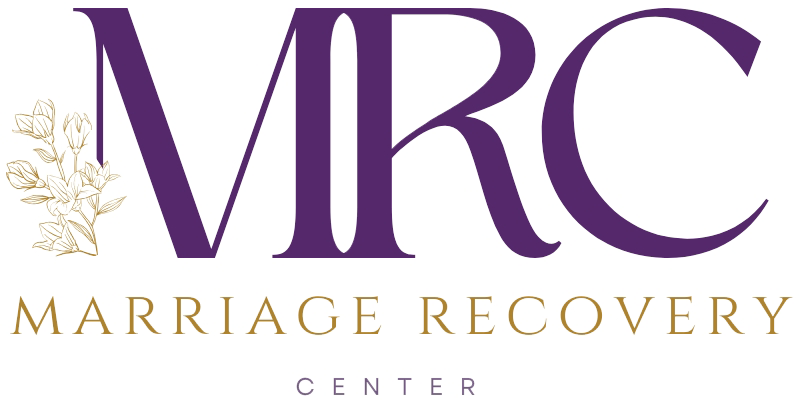Have you been in one bad relationship after another and find yourself wondering why you don’t stop picking the wrong partner again and again? Maybe this is your 3rd or 4th relationship that started out wonderful only to turn toxic and dysfunctional just like the others before it.
Dr. David Hawkins offers some insight into why people tend to repeat the same bad choices over and over, and suggests that you’ve not been in four different bad relationships but rather you’ve been in the same bad relationship four times. Find out how to break the old patterns and seek healing for yourself and your relationships.
How to Stop Picking the Wrong Partner Over and Over
Recognizing the Pattern
How many times have you sat back and said, “Oh man, I just keep choosing the wrong partner, I just keep making the same mistakes and choosing so many different partners that are all troubling for me”? This is a common lament, one that many individuals find themselves making as they navigate the complex world of relationships. In this article, we will delve into why some people seem to repeatedly select toxic partners and explore strategies to break this cycle.
Understanding the Repetition
Hello, I’m Dr. David Hawkins, the director of the Marriage Recovery Center, where we specialize in addressing issues related to narcissism and emotional abuse. When someone repeatedly finds themselves in relationships that are harmful, it’s essential to consider whether they are genuinely choosing a multitude of bad relationships or if they are, in fact, selecting the same kind of unhealthy relationship repeatedly.
So, when someone claims to have been in three, four, or even five bad relationships, it’s undoubtedly true, but what’s even truer is that they’ve been in essentially the same bad relationship three, four, or five times. Why does this happen? The answer lies in the unhealed aspects within themselves.
Emotional Wavelength: Like Attracts Like
Research indicates that we often choose partners who are emotionally compatible with us at a given point in our lives. In simpler terms, we tend to select partners who are on the same emotional wavelength as us. If we have unresolved issues and unhealed wounds, we are more likely to attract and be attracted to individuals who share similar emotional struggles.
The Implication: Internal Work is Key
Now that we understand the dynamics of why we repeatedly choose the wrong partners, it becomes clear that merely changing our choices isn’t enough. We must embark on an internal journey of self-discovery and healing. Here are some crucial steps to break the cycle of choosing toxic partners:
Self-Reflection: Acknowledge Your Wounds
To stop making bad choices in partners, start by acknowledging your own wounds and unhealed parts. This requires self-reflection and introspection. Ask yourself questions like:
- What past experiences have left me wounded?
- Where have I not yet worked on healing?
- What are my challenges with setting healthy boundaries?
- Do I struggle with making good judgments in relationships?
- Are there unresolved traumas that continue to affect me?
Seek Professional Help: Therapy and Counseling
Addressing these internal issues often requires professional guidance. Seek the help of a therapist or counselor who can assist you in navigating your emotional landscape. Sharing your life story with a trained therapist can shine a light on the unhealed aspects of your life.
Healing the Unresolved
Through therapy and counseling, you can begin the process of healing the unhealed parts of yourself. This might involve revisiting past traumas, learning healthier coping mechanisms, and working on improving your self-esteem and self-worth.
Developing Healthy Boundaries
One of the key aspects of choosing the right partner is having good boundaries. Work on understanding your boundaries, setting them, and enforcing them. This process will help protect you from abusive or unhealthy relationships.
Building Self-Love and Self-Respect
Loving yourself well is a fundamental component of breaking the cycle of choosing the wrong partner. When you love yourself, you become less tolerant of abuse and bad behavior towards you. You recognize your worth and refuse to settle for less than you deserve.
Breaking the Cycle
In conclusion, if you’ve found yourself repeatedly choosing the wrong partners, it’s time to look inward. Recognize that the patterns in your relationships are often a reflection of your own unhealed wounds and unresolved issues.
By embarking on a journey of self-discovery and healing, seeking professional help, and learning to love and respect yourself, you can break the cycle of toxic relationships and pave the way for healthier, more fulfilling partnerships. Remember, the power to choose differently lies within you, and with the right support and self-awareness, you can make choices that lead to happier and healthier relationships.
To learn how we can help, reach out to us at (206) 219-0145 or info@marriagerecoverycenter.com to speak with a Client Care Specialist
Also read: Defensiveness Prevents you From Solving Your Problems
About Dr. Hawkins:
The internet is inundated with hyperbole and misinformation about narcissism, leaving many people confused and hopeless. Get the facts on narcissism and emotional abuse from someone who has been researching, writing about and treating narcissism and emotional abuse for over a decade.
Dr. Hawkins is a best-selling author and clinical psychologist with over three decades of experience helping people break unhealthy patterns and build healthier relationships.
He is the founder and director of the Marriage Recovery Center and the Emotional Abuse Institute which offers education, training and counseling for people who want to break free of, and heal from, emotional abuse. Whether the perpetrator of the abuse is your spouse, partner, parent, boss, friend or family member, we offer practical advice for anyone trapped in a toxic, destructive relationship.
In addition to narcissism & emotional abuse, you’ll learn about the lesser known forms of abuse, including covert abuse, reactive abuse, spiritual abuse, secondary abuse, relationship trauma and much more.








